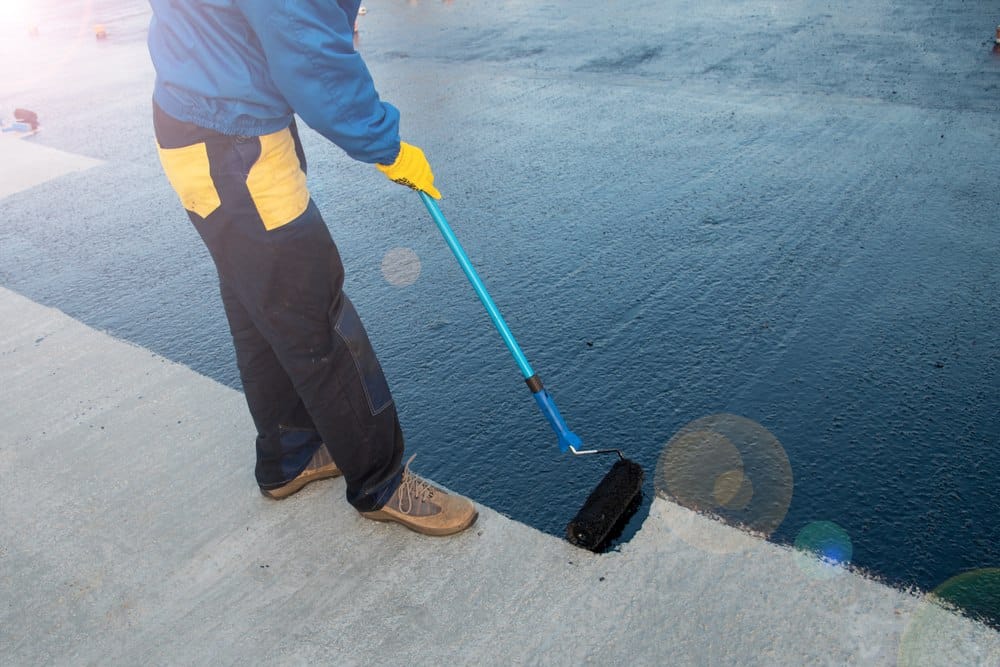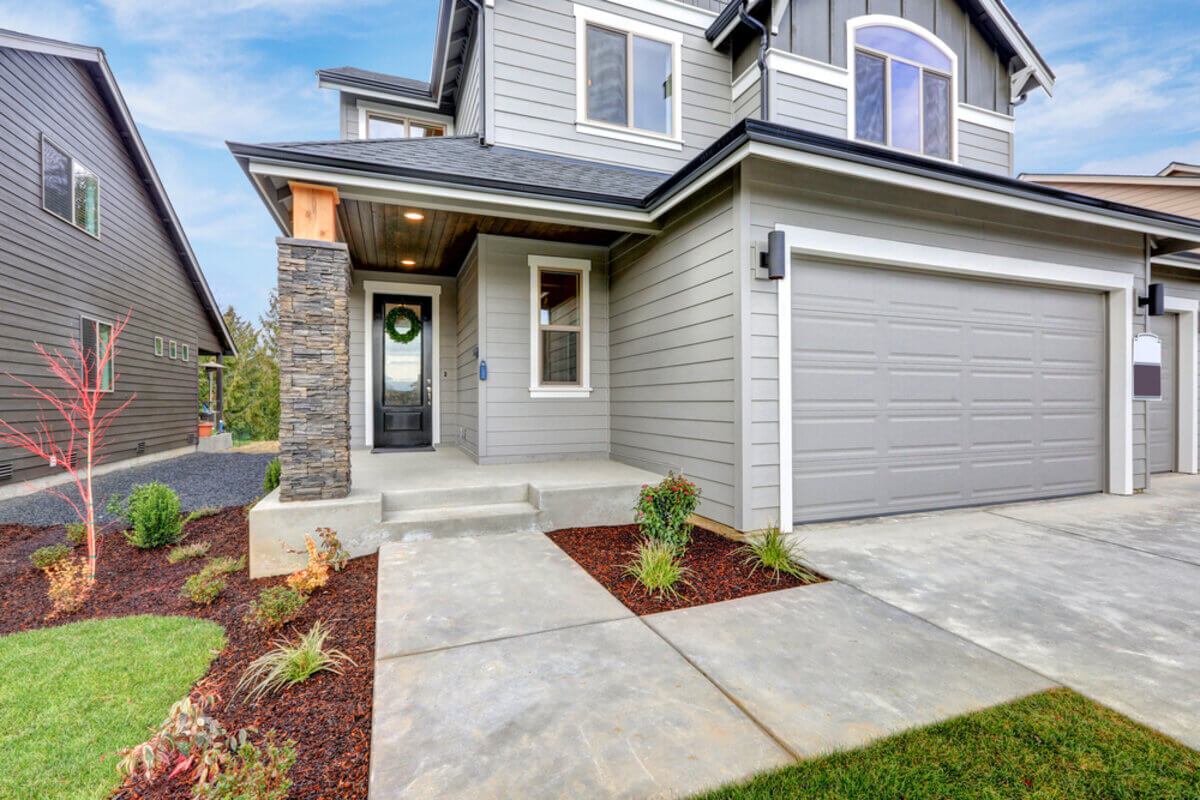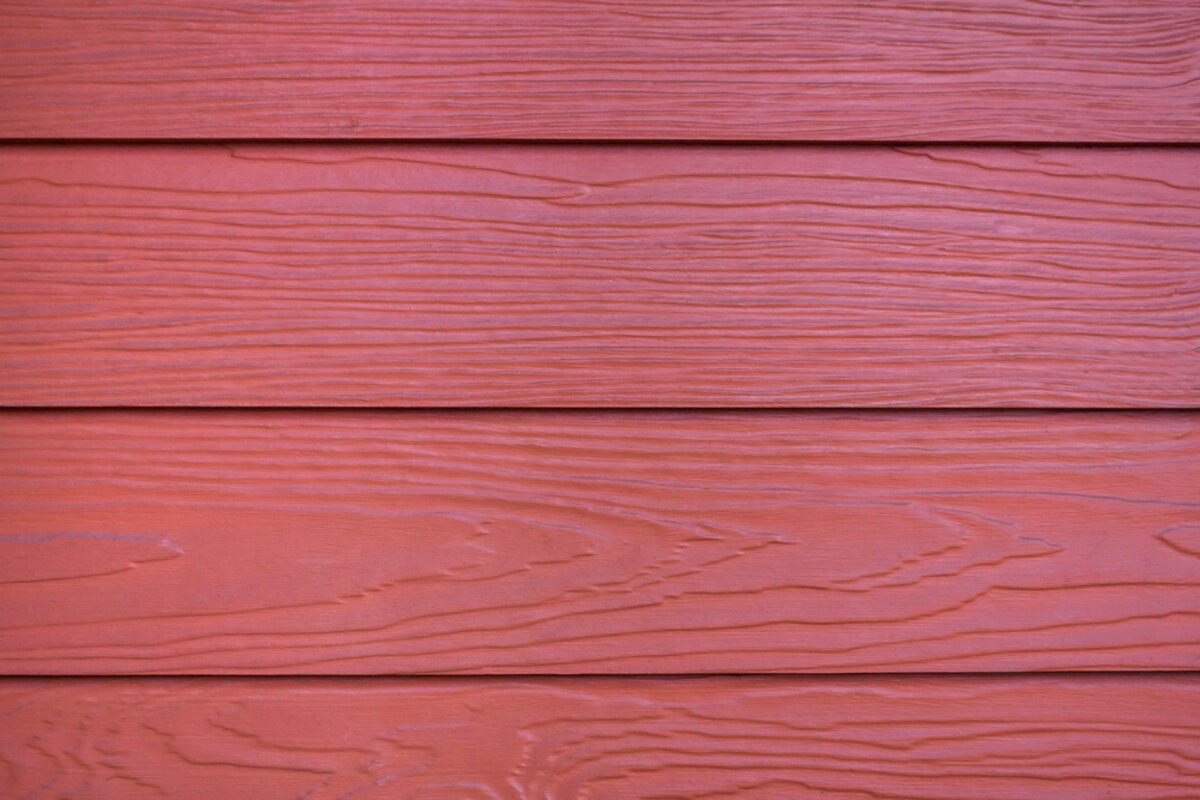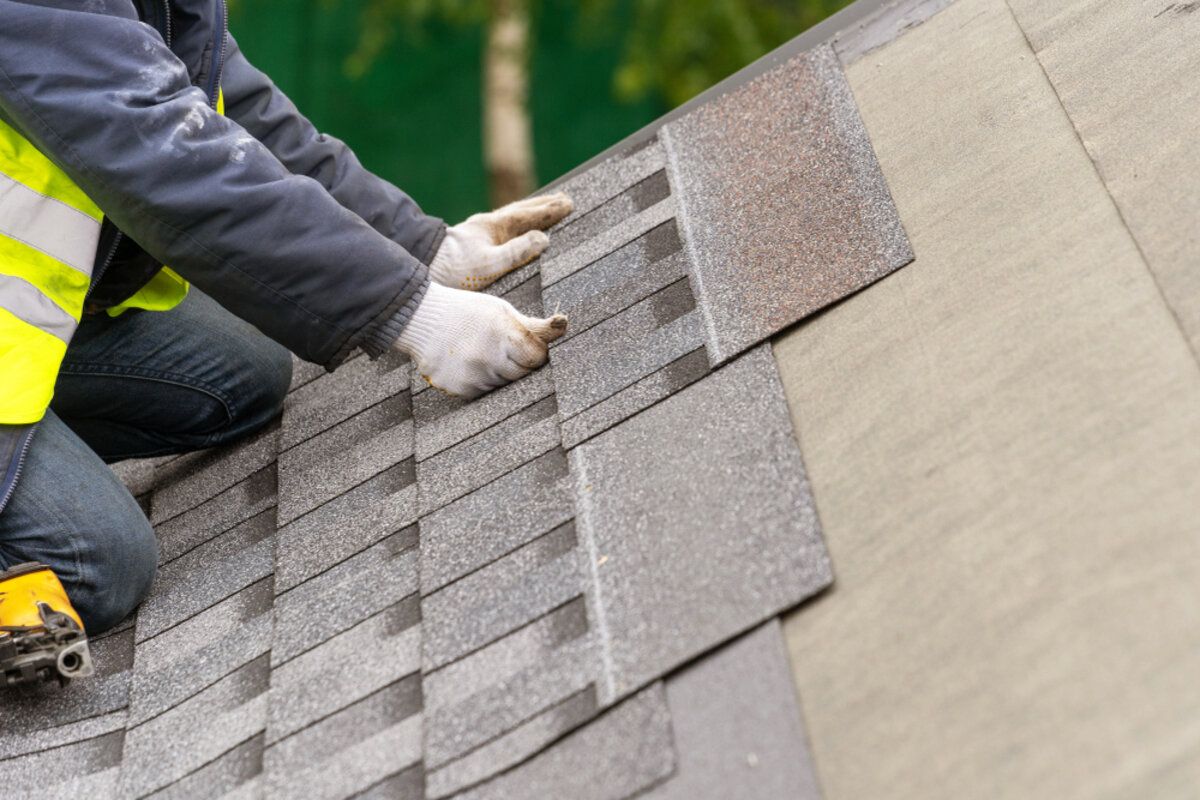Roof maintenance is an essential part of taking care of any building. Regular care and maintenance are particularly important for flat roofs since water will not naturally run off the roof.
The materials used to build flat roofs are often durable and highly waterproof, but you must recoat them regularly. Keep reading to learn everything you need about how often you must recoat a flat roof.
By the end of this article, you will have all the information necessary to determine when to recoat flat roofs and how to properly maintain them.
What Is a Flat Roof Coating?
A coating on a flat roof is a liquid-applied membrane that acts as a waterproof barrier. These coatings can be a variety of different materials depending on the type of weather you expect the roof to withstand.
Coating a flat roof effectively extends its lifespan and reduces the need for costly repairs. The coating on a flat roof is far more durable than traditional asphalt shingles and many roofing contractors use it for commercial roofing.
Why Do Flat Roofs Have Coatings?
You apply a recoat to flat roofs to protect them from the elements. The coating provides a waterproof barrier between the elements and the roof, as well as insulation to keep the internal temperature of the building more stable.
Coatings also reduce energy costs by reflecting sunlight and reducing the cooling load in the summer months. Maintaining the coating of a flat roof is integral to its maintenance and will keep your roof in good condition for years to come.
How Often Should You Recoat a Flat Roof?
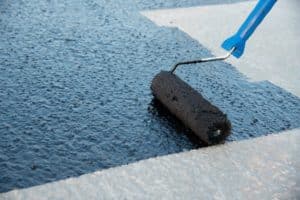
You should recoat flat roofs every three to five years. The time between recoating can vary depending on the type of flat roof and how exposed it is to the elements.
It’s essential to maintain a flat roof year-round. Regular maintenance should include cleaning the surface of debris and removing any moss or lichen growth to help prevent water penetration. Recoating flat roofs is relatively easy, but it’s vital to ensure that the material used for recoating is suitable for your type of flat roof.
Benefits of Recoating Flat Roofs
Recoating a flat roof can help protect it from water penetration and other weather damage. It ensures that the structural parts of the roof stay safe from water and storm damage. The process can also help reflect heat, making the home more energy efficient. Finally, it can also increase its lifespan and reduce the need for costly repairs.
What Materials Are Used to Recoat Flat Roofs?
The most common material people use to recoat flat roofs is an acrylic coating, which creates a waterproof seal. You can apply an acrylic coating by brush or roller, and it is a relatively inexpensive way to recoat flat roofs.
Other materials people use to recoat flat roofs include elastomeric coatings, which are more durable and can be used to repair tiny cracks or damage. Most roofers put these coats on top of metal roofs or other durable materials.
Why Do Flat Roofs Need Recoating?
Flat roofs require regular maintenance and recoating to remain watertight and protected from the elements.
What Causes Damage to Flat Roof Coatings?
Flat roofs are susceptible to a variety of weather-related and environmental damage. Extreme temperatures, high winds, heavy rainfall, hail, and snow can all contribute to the breakdown of protective coatings. The UV rays from the sun also play a role in breaking down and fading flat roof coatings.
In addition, standing water or moisture trapped in the layer can lead to premature deterioration. Lastly, neglecting regular maintenance and inspections can cause accelerated damage to the coating. You should recoat flat roofs regularly to prevent this.
How Do You Prepare to Recoat Flat Roofs?
To recoat your flat roof properly, there are some crucial steps that you need to take. The first step is to remove any existing coatings, dirt, or debris. You can do this with a power washer or by physically scraping off the material. Once you’ve removed all the existing coatings, you’ll need to completely dry the surface before applying a new layer.
Next, inspect the roof’s entire surface for any cracks, splits, blisters, or loose seams. You should address any areas that need repairs before you begin recoating. Once you complete the repairs, the surface should be primed with a compatible primer and allowed to dry completely before applying the new coating.
What Kinds of Recoaters Are Available?
There are several different types of recoats available in the market, each with its unique properties and benefits.
For instance, elastomeric coatings are designed to expand and contract with the roof surface, preventing cracking and peeling. Acrylic coatings are popular as they provide an attractive, durable finish reflecting the heat. Silicone-based layers are also popular, as they provide excellent waterproofing properties, and you can clean them easily.
Things to Consider When You Recoat Flat Roofs
If you are considering recoating your roof, there are some key variables that you should keep in mind.
Climate Conditions
When to recoat flat roofs depends largely on climate conditions. The temperatures must be above 50 degrees Fahrenheit and below 85 degrees Fahrenheit, with no rain for at least 24 hours. Recoating in any other state might not result in the desired outcome.
Roof Style
Depending on the style of roof that you have, the process for recoating it will change. The materials and processes professionals use to recoat flat roofs differ from those you would use to recoat a sloped roof. Make sure you have the correct materials and know what to do before you begin.
Damage
How often you should recoat a flat roof can depend on the condition of the roof itself. If there is damage, you may need to recoat it more often.
If there is minor damage, such as small cracks or blisters, you can repair them before the recoating begins. If the damage is more severe, replacing roof sections may be necessary before recoating.
Perfect Exteriors Is Ready to Recoat Your Flat Roof Today!
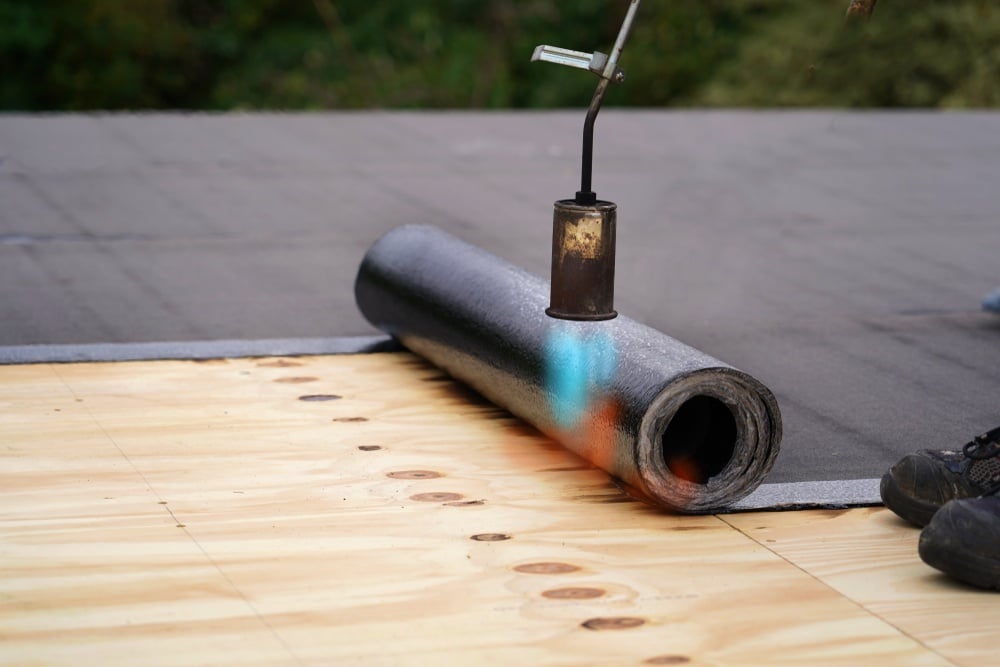
How often should you recoat a flat roof? Recoating your flat roof can be a great way to extend the life of your roof and protect it from further damage. By following these steps, your recoating process should be successful, and your roof will look better than ever.
If you have questions about recoating your roof or need assistance with the process, our experts at Perfect Exteriors can help you. Contact us today.

